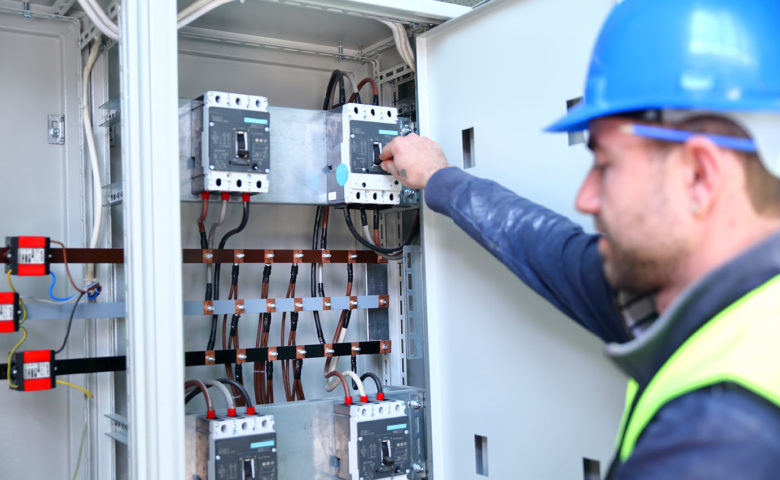It can be really annoying if the industrial circuit breaker trips frequently but it indicates that the circuit breaker is doing its job properly—which is to cut off the electric supply when an excessive current is detected in the circuit. Most modern circuit breakers have two independent tripping mechanisms, and each one is designed to respond to a different type of fault.
Here are four common reasons why an industrial circuit breaker might trip on different occasions in an industrial facility:
-
Electrical circuit overload
An electrical circuit overload occurs when the current passing through the circuit breaker exceeds its rated value for a duration longer than what’s normal for the application. This causes the circuit to trip immediately. For instance, if a 10-amp breaker experiences a current of 20-amps, it will trip almost instantly. The circuit breaker could even trip due to an overload when the disconnection does not occur instantaneously, such as when the thermal mechanism is acting instead of the magnetic one.
-
Short circuit fault
This kind of fault occurs when there is contact between a neutral and live conductor, thus drawing a current that may be significantly higher than the rated value. In case of short circuit fault, the magnetic tripping mechanism will be activated in order to clear the fault as soon as possible, as a high fault current can start a fire or damage the equipment in a matter of minutes. If there is more than one live conductor in a circuit, a short circuit can occur when there is contact between different phases.
-
Ground fault
A ground fault occurs when a live conductor touches a conductive surface that is not a part of the circuit. If the current is extremely high, the fault must be cleared immediately by the magnetic tripping mechanism in the circuit breaker.
-
Selecting the wrong breaker for the application
When you choose a circuit breaker, ensure that the type matches the application. If you use a Type B breaker that trips at 3–5 times its rated current for a motor that draws 8 times its rated current when started, it would be impossible for the circuit breaker to start because it would react as if a fault has occurred and would disconnect the motor immediately.
Safety guidelines for industrial circuit breakers
Here are a few guidelines for avoiding safety issues with industrial circuit breakers:
- Thorough inspection and maintenance of industrial circuit breakers should be done. Because the circuit breakers are involved with routine switching and they protect other equipment, there can be several problems if dust or grime is present on any moving parts or contacts on the industrial circuit breakers. Conduct safety inspections at least once a year and perform routine trip testing every three to five years to ensure that the industrial circuit breakers are working properly.
- Examine the tools, electrical fittings and cords for damage before using them, as wear and tear can lead to an increased danger when working with industrial circuit breakers.
- Train employees regularly and ensure they have in-depth knowledge of how to inspect and test industrial circuit breakers. Dealing with electricity is dangerous and it is necessary to take the proper precautions.
- Use the right safety gear while testing or working on industrial circuit breakers to avoid electrocution, shock or other life-threatening incidents.
Prioritizing electrical safety and resolving annoying problems quickly will keep your employees safe. Electrical incidents, often amplified by worker frustrations, can lead to severe damage to property and can injure or kill workers.
Author bio: Jeson Pitt works with the marketing department of D&F Liquidators and regularly writes to share his knowledge while enlightening people about electrical products and solving their electrical dilemmas. He’s got the industry insights that you can count on along with years of experience in the field. Jeson lives in Hayward, CA and loves to explore different cuisines that the food trucks in the Bay area have to offer.

